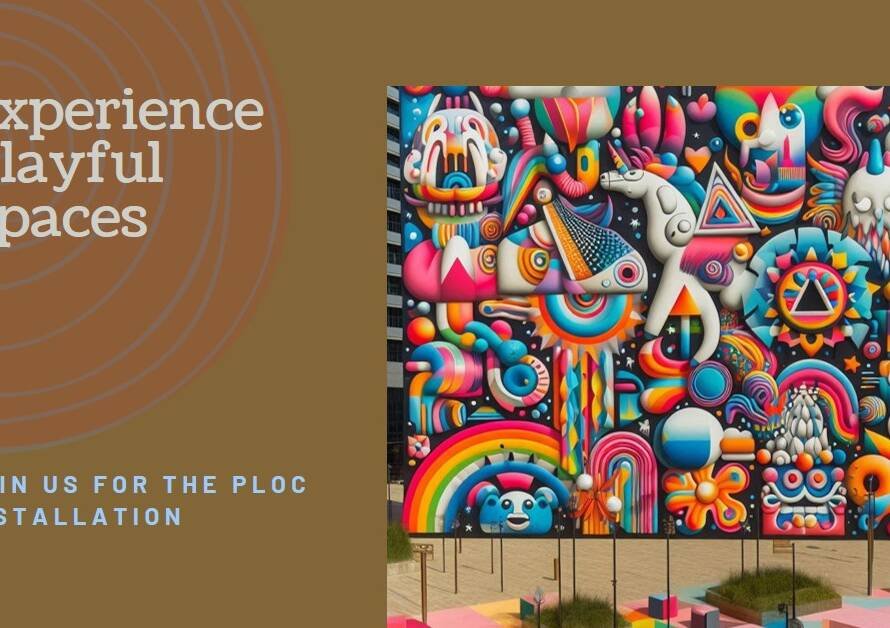
Table of Contents
- An Introduction to Visual Effects Production:
- Crafting Realities: The Fundamentals of 3D Modelling
- The Texturing Touch: Adding Life to 3D Models
- Lighting and Shading: Creating Atmosphere and Mood
- Animation Mastery: Breathing Life into 3D Models
- The Integration Process: Merging 3D Models with Live-Action Footage
- Rendering Realities: The Final Step in VFX Production
- Beyond the Screen: Applications of 3D Modelling and VFX
- The Future of VFX: Emerging Trends and Technologies
- Conclusion: The Art and Science of Visual Effects Production
An Introduction to Visual Effects Production:
In the world of modern filmmaking, visual effects (VFX) have become an indispensable tool for bringing imaginative stories to life. From the sweeping landscapes of fantasy realms to the mind-bending sequences of science fiction, VFX allows filmmakers to transcend the limitations of reality. At the core of this magical process lies the art of 3D modelling, which serves as the foundation for creating realistic and captivating visual effects.
3D modelling involves the creation of digital three-dimensional objects using specialized software. These models can represent anything from intricate characters to complex environments. When integrated with VFX techniques, 3D models enhance the visual storytelling by adding depth, realism, and dynamism to the scenes. In this blog post, we will explore the various facets of visual effects production and how 3D modelling plays a crucial role in enhancing projects.
Crafting Realities: The Fundamentals of 3D Modelling
At its essence, 3D modelling is the process of developing a mathematical representation of any three-dimensional surface. Artists use 3D modelling software like Blender, Maya, and 3ds Max to create these digital models. The software allows them to manipulate points in virtual space, known as vertices, to form a mesh—a collection of vertices, edges, and faces that define the shape of the object.
To begin with, 3D artists usually start with basic geometric shapes like cubes, spheres, and cylinders, which they then sculpt and refine into more complex forms. This foundational stage is critical, as it sets the groundwork for the detailed texturing and rendering that follows. Whether it’s designing a lifelike creature or an expansive cityscape, precision in this phase ensures a more believable final product.
The Texturing Touch: Adding Life to 3D Models
Once the basic 3D model is complete, the next step is to add textures that give the model its visual characteristics. Texturing involves applying images or patterns to the surface of the 3D model to simulate materials like skin, fabric, metal, or stone. This process is akin to painting on a canvas, but with the added complexity of ensuring the texture maps correctly onto the model’s geometry.
Texturing not only enhances the visual appeal but also adds a layer of realism. Techniques such as bump mapping, normal mapping, and displacement mapping are employed to create the illusion of depth and detail without increasing the model’s complexity. These techniques allow artists to depict intricate details like wrinkles on skin, grooves on metal, or the roughness of a brick wall, making the 3D models appear more lifelike.
Lighting and Shading: Creating Atmosphere and Mood
In the realm of VFX, lighting and shading play pivotal roles in setting the tone and mood of a scene. Proper lighting can transform a flat, uninspiring model into a dynamic and engaging visual element. By simulating light sources and their interactions with objects, artists can create realistic shadows, reflections, and highlights that enhance the overall composition.
Shading, on the other hand, involves defining how surfaces respond to light. Different shading models can simulate various materials—whether it’s the glossy finish of a new car, the matte surface of a stone statue, or the translucent quality of human skin. By carefully adjusting these parameters, VFX artists can achieve a high level of realism that blends seamlessly with live-action footage.
Animation Mastery: Breathing Life into 3D Models
Static 3D models, while impressive, only come to life through animation. Animation involves manipulating 3D models over time to create the illusion of movement. This can range from simple transformations like rotation and scaling to complex actions like a character running or a spaceship soaring through space.
Keyframe animation, where artists set pivotal points and let the software interpolate the frames in between, is a traditional yet powerful technique. More advanced methods, such as motion capture and procedural animation, allow for the creation of highly realistic and intricate movements. These techniques are especially crucial in creating believable characters and dynamic scenes that captivate audiences.
The Integration Process: Merging 3D Models with Live-Action Footage
One of the most challenging aspects of VFX production is the seamless integration of 3D models with live-action footage. This process, known as compositing, involves combining multiple visual elements into a single cohesive frame. Compositing requires meticulous attention to detail, as any inconsistencies can break the illusion and distract the audience.
To achieve this integration, VFX artists use various tools and techniques such as chroma keying, tracking, and rotoscoping. Chroma keying allows for the removal of backgrounds, making it easier to insert 3D elements. Tracking ensures that 3D models move in sync with the camera’s movements, while rotoscoping involves manually adjusting the footage to ensure a perfect blend. When done correctly, compositing can create stunning visuals that blur the line between reality and imagination.


Rendering Realities: The Final Step in VFX Production
Rendering is the final step in the VFX pipeline, where all elements—3D models, textures, lighting, and animations—are processed to create the final image or sequence. This step can be incredibly resource-intensive, requiring powerful hardware and extensive computational time. Rendering engines like Arnold, V-Ray, and Redshift are commonly used in the industry to achieve high-quality results.
During rendering, the software calculates how light interacts with the objects, taking into account reflections, refractions, shadows, and other optical effects. The goal is to produce images that are not only photorealistic but also convey the desired artistic vision. This phase often involves multiple passes, such as diffuse, specular, and ambient occlusion, which are later composited to achieve the final look.
Beyond the Screen: Applications of 3D Modelling and VFX
While VFX and 3D modelling are most commonly associated with film and television, their applications extend far beyond entertainment. In the realm of architecture, for example, 3D modelling allows for the creation of detailed visualizations of buildings and interiors before construction begins. This not only aids in design but also in marketing and client presentations.
In the field of medicine, VFX techniques are used to create detailed anatomical models and simulations, enhancing educational resources and aiding in complex surgeries. The automotive industry leverages 3D modelling for prototyping and visualizing new car designs. Even in marketing and advertising, 3D models and VFX are used to create eye-catching visuals that capture consumer attention.
The Future of VFX: Emerging Trends and Technologies
The field of visual effects is constantly evolving, driven by advancements in technology and creative innovation. Real-time rendering, powered by game engines like Unreal Engine, is revolutionizing the industry by allowing for immediate feedback and faster iteration. This technology is not only streamlining production workflows but also enabling new forms of interactive storytelling.
Artificial intelligence and machine learning are also making significant inroads into VFX production. AI-powered tools can automate tedious tasks, such as rotoscoping and background removal, allowing artists to focus on more creative aspects. Moreover, AI can enhance the realism of animations by learning from real-world data, resulting in more natural and believable movements.
Conclusion: The Art and Science of Visual Effects Production
In conclusion, visual effects production is a fascinating blend of art and science, where creativity meets technology to push the boundaries of visual storytelling. 3D modelling serves as the cornerstone of this process, providing the digital scaffolding upon which stunning visuals are built. From the initial stages of modelling and texturing to the final rendering and compositing, each step is crucial in crafting the immersive experiences that captivate audiences worldwide.
As we look to the future, the continued integration of cutting-edge technologies promises to further enhance the capabilities of VFX artists. Whether it’s through real-time rendering, AI-driven tools, or new methods yet to be discovered, the evolution of visual effects will undoubtedly continue to inspire and amaze.


